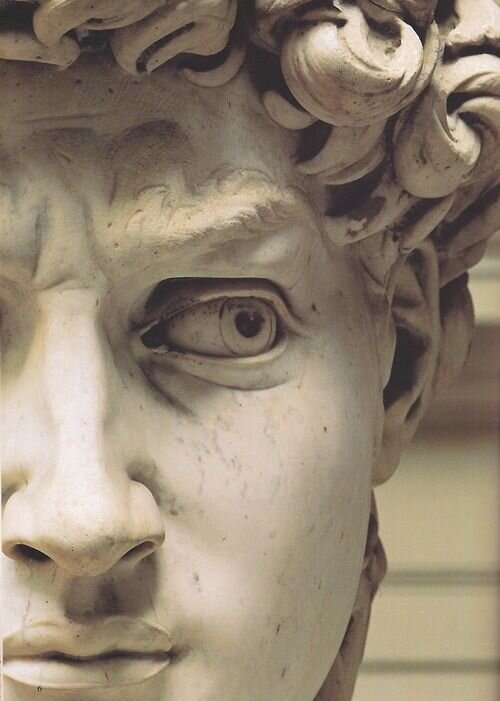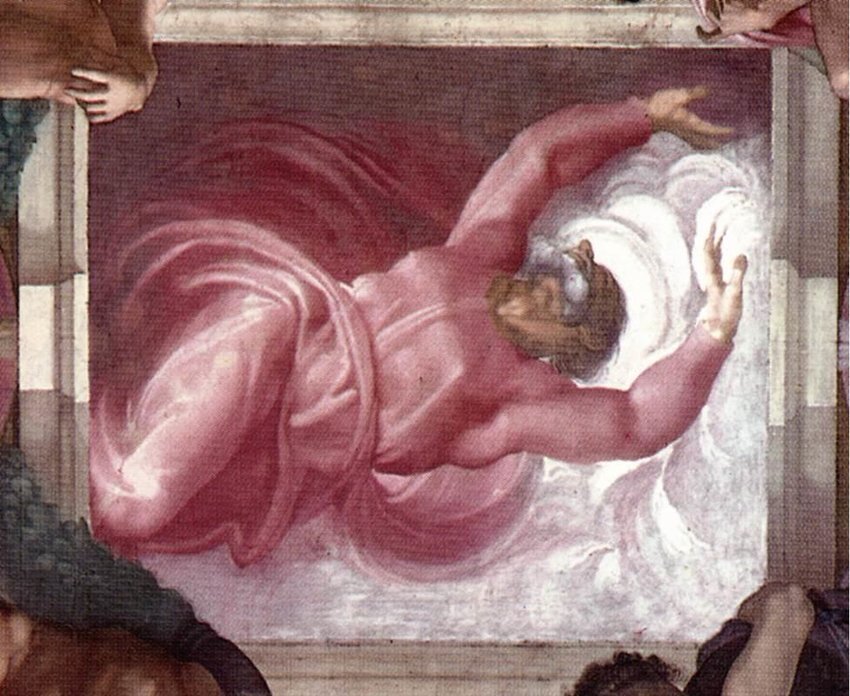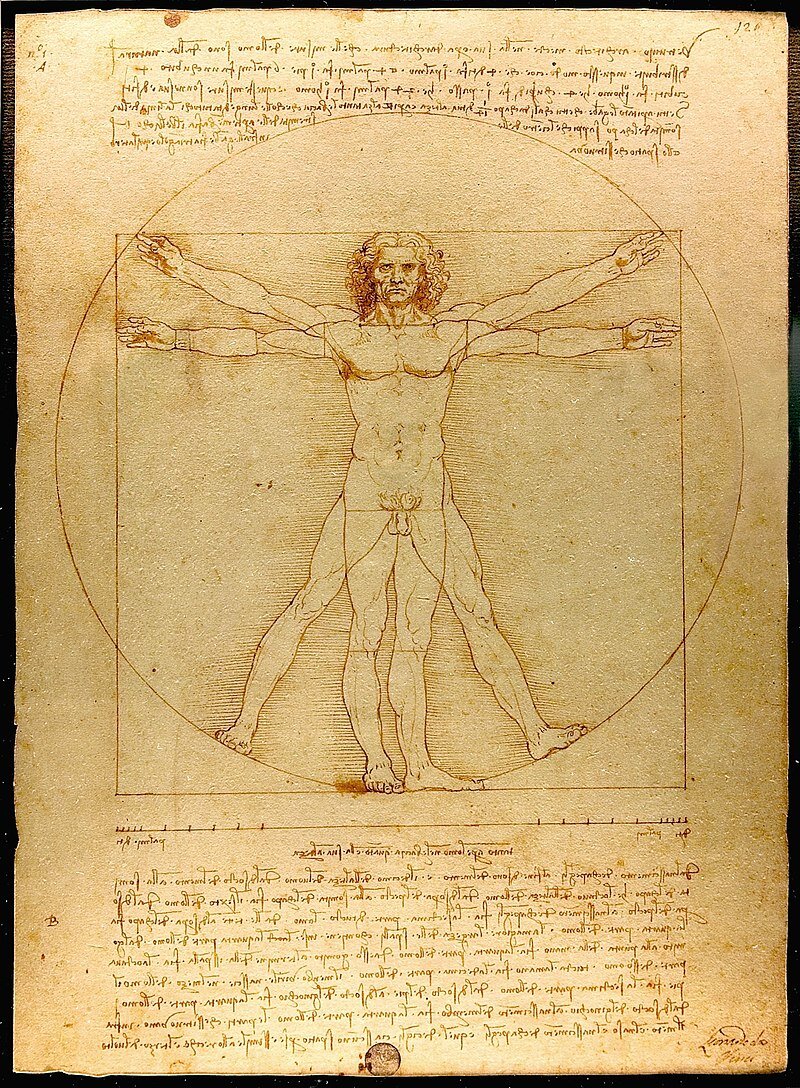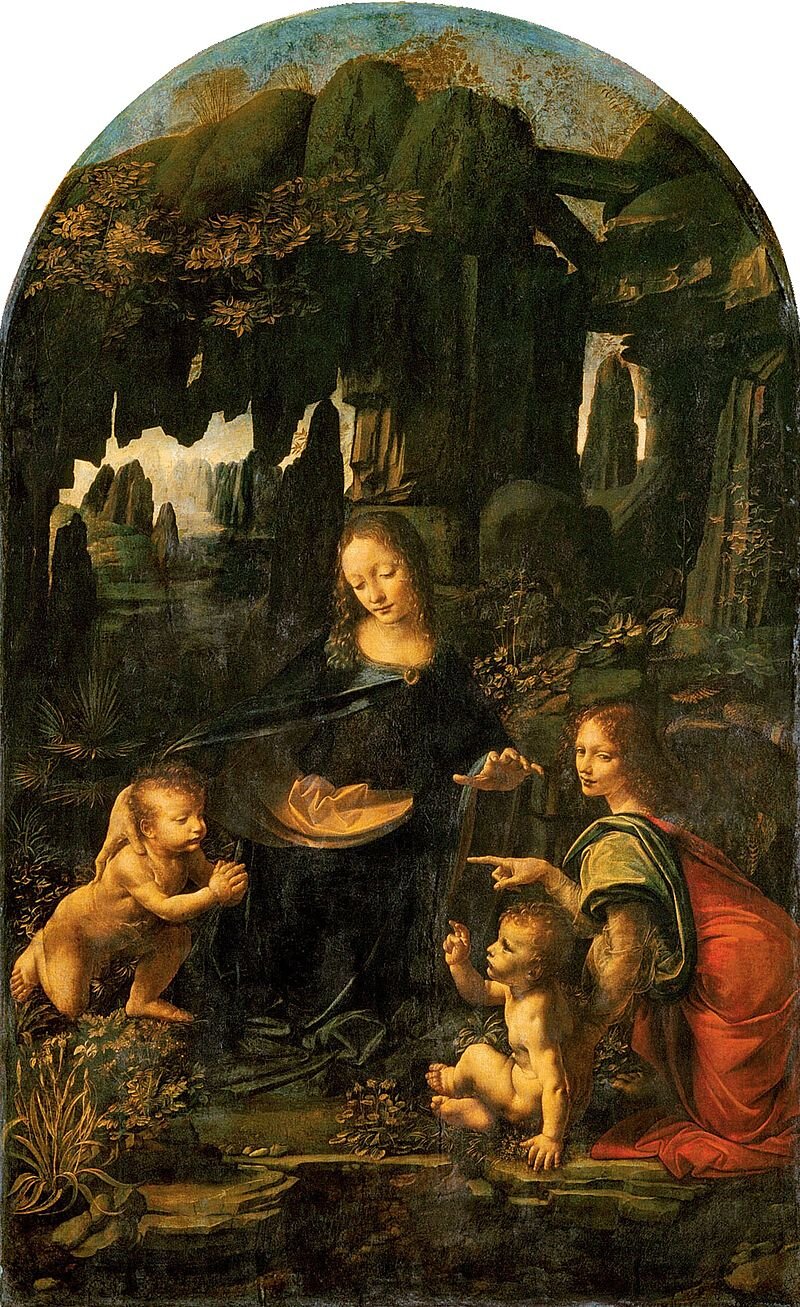Today — April 6, 2020 — is both Raphael’s birthday (he was born on Good Friday in 1483) AND the 500th anniversary of his death. He died on April 6, 1520 at the age of 37.
Tomorrow is the birthday of my novel, Raphael, Painter in Rome.
I’ve already lamented that this day — and my publication day — are falling amidst the coronavirus pandemic in a different post, so today, I’d like to just focus on Raphael, not on the chaos outside our doors.
Raffaello Sanzio da Urbino — better known to most by the name he used to sign his own works, Raphael — is one of the triumvirate of the Italian Renaissance, along with Leonardo da Vinci and Michelangelo. He was the artist who achieved our ideals in paint. He, more than any other, strove toward beauty and perfection in his art.
During his lifetime he was the most beloved artist in all of Rome—beloved for his beautiful art, his beautiful manners, and his beautiful face—and when he died, people wailed in the streets as if mourning the passing of a pope.
For over 300 years after his death, Raphael was the artist to whom all other painters aspired to be. His art set the standard for every artist to follow him… Until 19th century, when the Pre-Raphaelites and Impressionists turned away from the classical paintings of the academy and embraced modern styles.
So if Raphael was so important during his lifetime and for the next three hundred years why — today — is he better known as a Teenaged Mutant Ninja Turtle instead of as one of the greatest painters in all of history?
One reason is because Michelangelo’s angst and Leonardo’s eccentricities capture our modern imaginations…
Michelangelo and Leonardo put their own uniqueness on full display in their work. They don’t try to hide their pain and strangeness behind a veneer of perfection. And today, we prefer to put our scars on display, don’t we?
And Raphael did NOT put his scars on display. He hid them, behind layer after layer of perfect paint. Perfect harmony, perfect balance, perfect perspective, perfect colors, perfect light…
AND many historians — starting with our first art historian, Vasari, who first recounted the biographies of the great Italian Renaissance artists — have turned Raphael’s life and personality into a caricature of a man who was as perfect as his paintings.
Perfect manners, perfect humility, perfect kindness, perfect talent, perfect smile.
No wonder we don’t attach ourselves to him today. Who could adore a person as perfect as a Raphael painting? Perfect people aren’t relatable because they aren’t human.
But Raphael WAS human. He was a man, just like any other, flawed and struggling, pushing through pain and grief to reach toward greatness in his art.
Raphael was orphaned at age 11. BOTH of his parents and his sister gone. He had to navigate the world alone from the time he was ELEVEN. During his lifetime, war and disease ravaged the Italian Peninsula; he had to fight to stay alive. He fell in love with a woman — Margherita Luti — that for political reasons he could NOT marry. He never married, never had children, never had another family—not from age 11 until he died…
And yet, there he was, fighting through all of that pain and loneliness, always determined to push his art closer and closer toward perfection… Drawing and re-drawing his designs, thousands of times, pushing his work, his colors, his figures closer to the perfection that life could never reach.
So, the next time you look at a Raphael…
Don’t JUST see the perfection captured in the paint. Look beyond that, to the man desperate to paint over the ugliness in the world and, even in the face of extraordinary difficulty, find a way to bend the world — even if only a little — toward beauty.
















